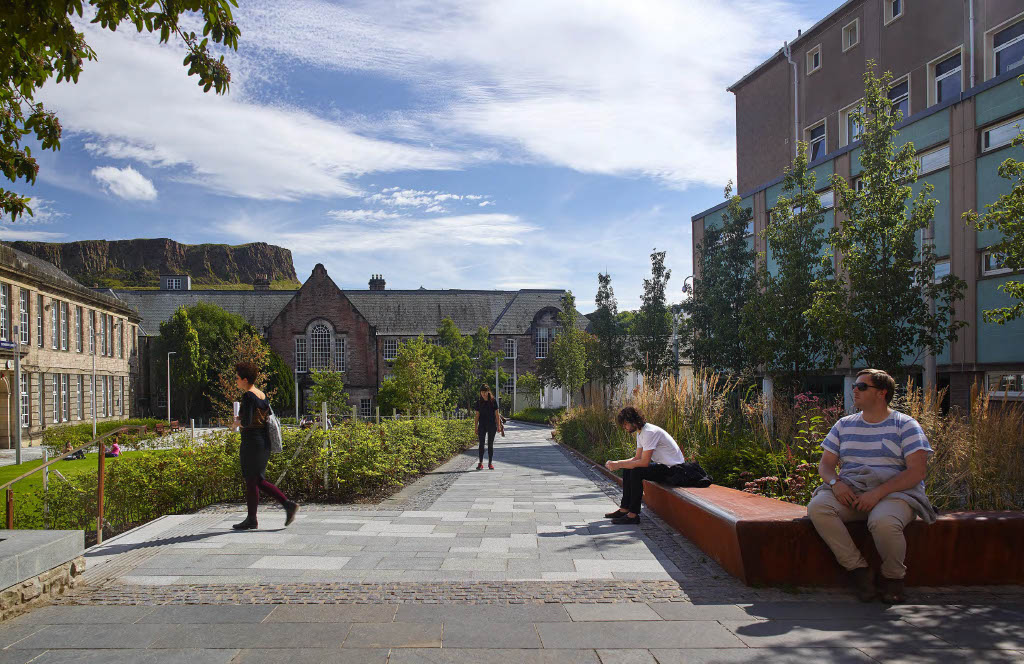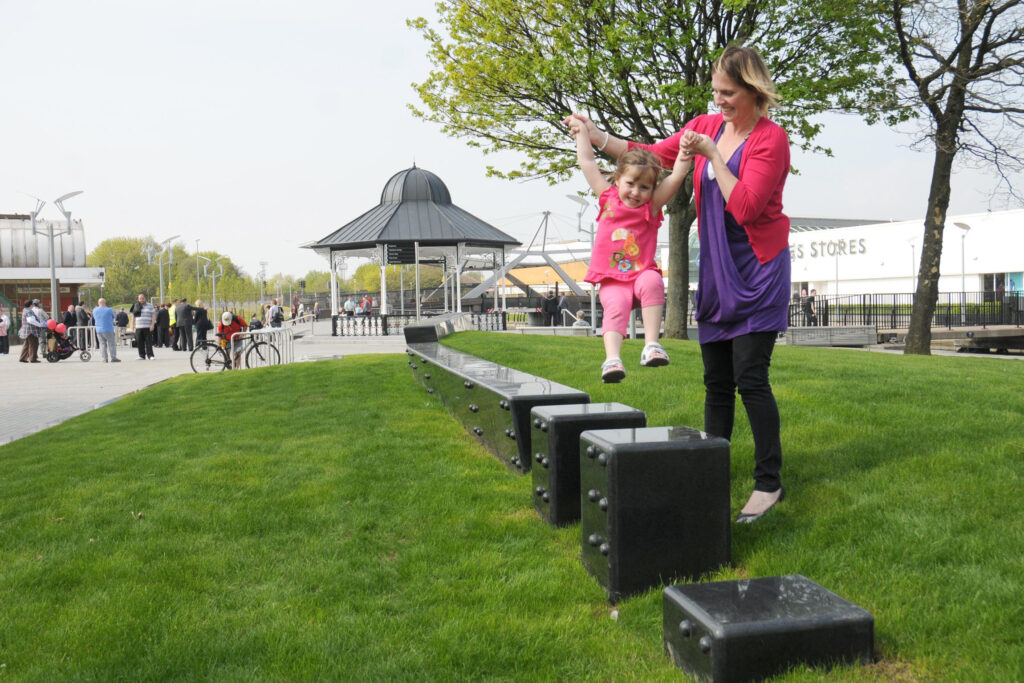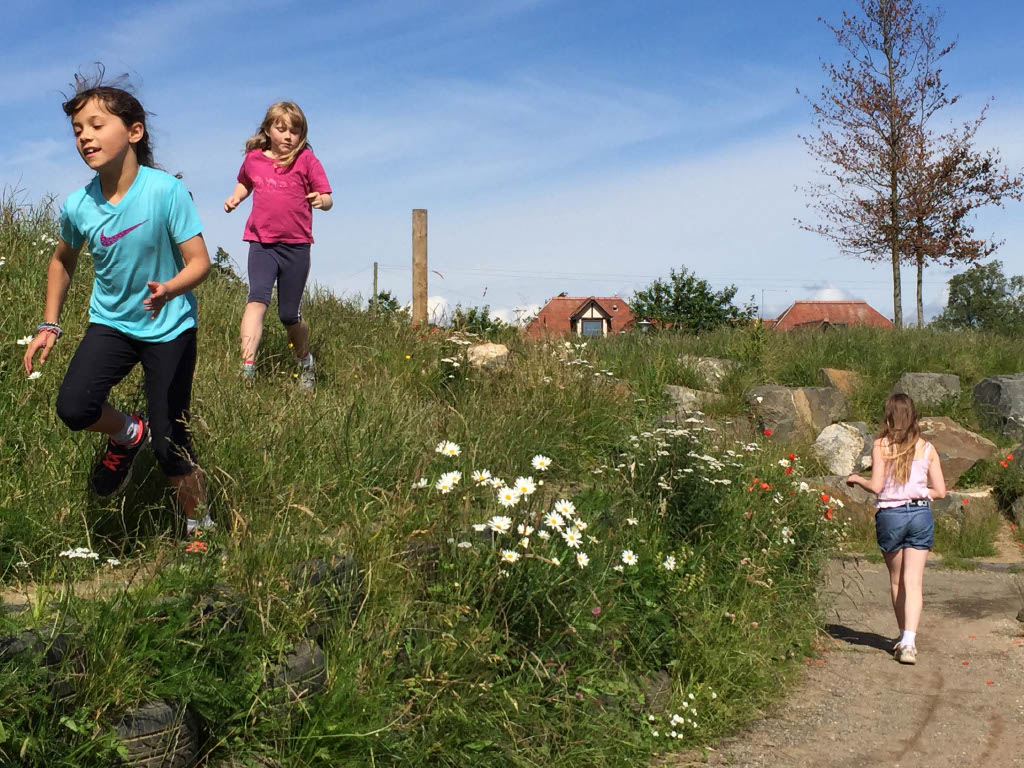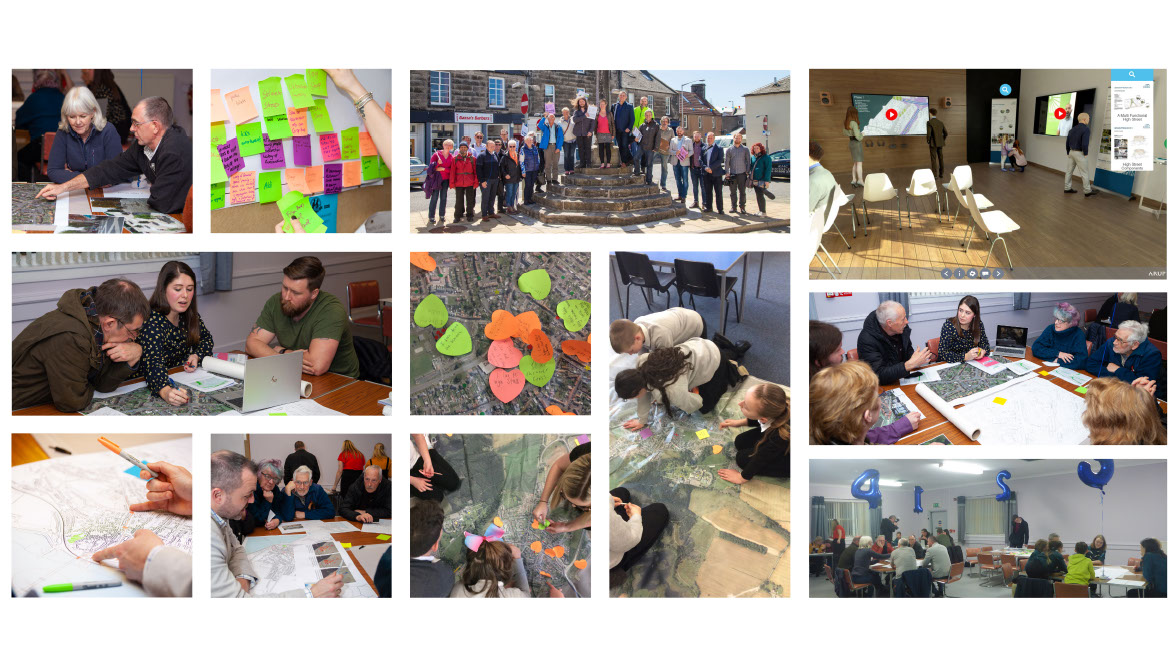A Positive Contribution : Design Process
‘When outdoor areas are of poor quality, only stricken necessary activities occur. When outdoor areas are of high quality, necessary…
‘When outdoor areas are of poor quality, only stricken necessary activities occur. When outdoor areas are of high quality, necessary activities take place with approximately the same frequency – though they clearly tend to take a longer time, because the physical conditions are better. In addition, however, a wide range of optional activities will also occur because place and situation now invite people to stop, sit, eat, play, and so on.’
Jan Gehl ‘ Life Between Buildings’

Creating positive places that invite people to stop, sit, eat and play is the ultimate goal for the spaces we design at HarrisonStevens. Each space is different and that’s what makes every new project that comes across our doorstep an exciting challenge. Designing an outdoor space could be likened to cooking, where it is important to follow a tried and tested methodology in order to create the perfect bake . An important first step is understanding the clients brief, programme and budget. Secondly it is essential to gain and understanding of the site’s unique qualities, its history and natural assets. Thirdly having an appreciation of the context within which the space sits will help inform the new proposals. The fourth and final step is to take the best qualities of the site and incorporate them into the new design to create unique response . This could be anything from retaining established trees to give instant maturity to the new space, reusing existing materials to lower the projects’ carbon footprint, or using the site’s history to inform artistic interventions that add character and provide an enriched experience for the end user.
Creating high quality spaces is important. At HarrisonStevens the use of natural stone is promoted for durability and we ensure that the stone suppliers we engage with have sustainable extraction as their top priority. The use of high quality materials provides longevity, but not every project has a bumper budget. Where budgets are tight the our strategy is thinking about what’s important and how we can focus quality in the areas that matter. Spaces should not just look good they should be legible, accessible, functional and practical. This is what HarrisonStevens call the ‘Swiss Army Landscape’ were a space and the objects within it serve many functions- low walls become incidental play features, edges become informal seating opportunities and benches become bike racks.
Designing

Designing for the ever changing climate is an important aspect of the spaces we create. The National Planning Framework 4 has encouraged us to work harder at integrating SuDs systems, think more about how we can support and enhance the local biodiversity and create new and improved habitats and better consider the carbon impacts of the materials and construction processes we are proposing.
There are not many jobs where you can draw a sketch of how you imagine a space could be in the future and a few years later see it come to life. As Landscape Architects we are making our own mark on the planet by designing positive new places that promote social and civic inclusion and provide a lasting legacy for all.




